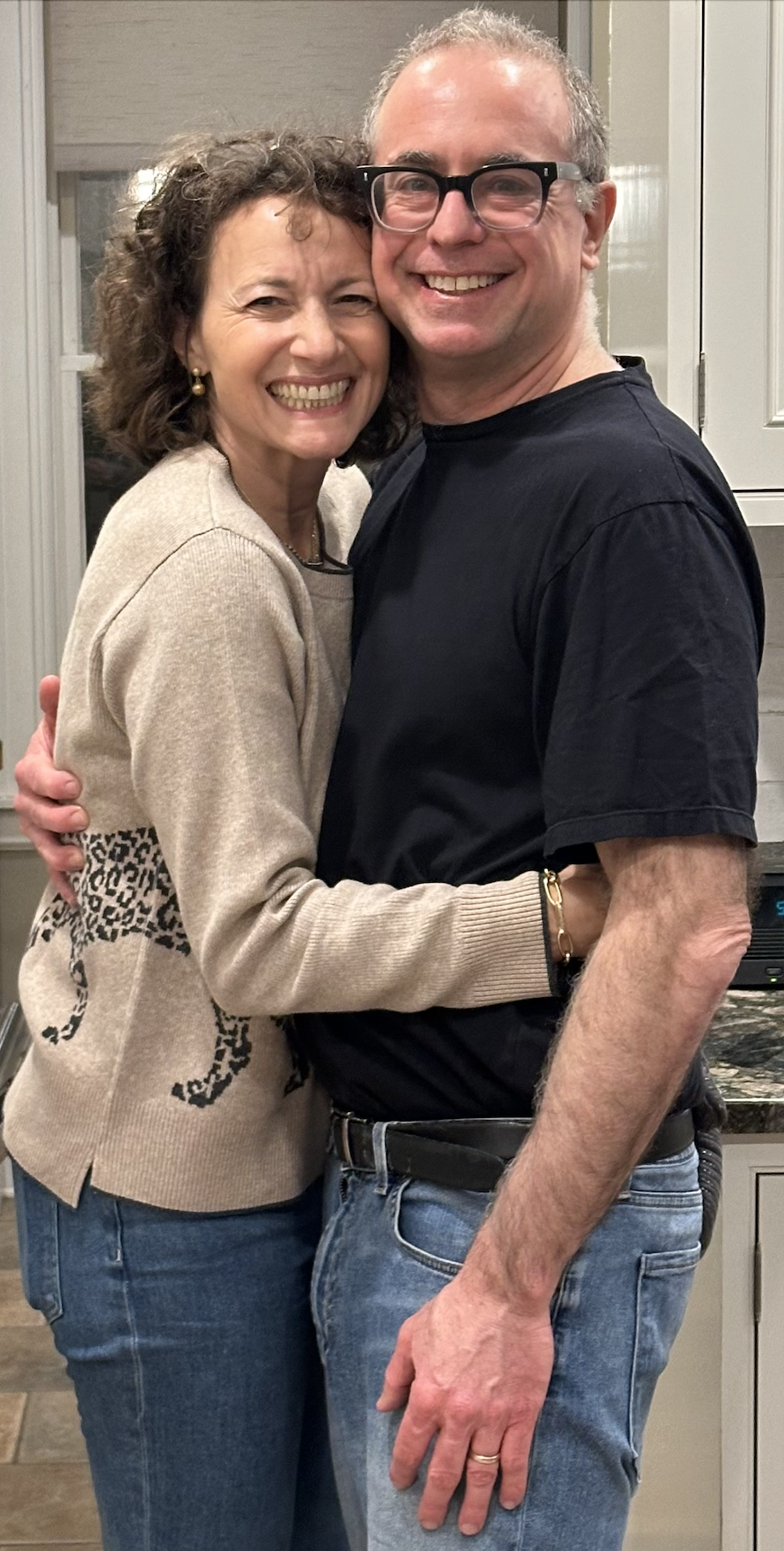Our History
Hi, I’m Dr. Doug — that’s what my pediatric patients started calling me over 20 years ago, and the name kind of stuck. I’m married and I have four grown boys, and the garage still has the broken windows to prove it. I’ve always considered myself a lucky guy, and all the important things in life were going great . . . until 10 years ago.
I can’t remember what my family complained about more — my snoring, or my foul mood. They seemed to go hand in hand. Every night my wife was sticking me in the side with her elbows, and my sons couldn’t sleep because my snoring shook the walls in their rooms — even though they slept on a different floor. Every morning, I woke up as if I had not slept at all, and carried a dull headache throughout the day. I couldn’t get through work without drinking two pots of coffee, there was an all-points-bulletin on my sex drive, and my doctor had to increase the dosing on the blood pressure medications I started taking in my early 40’s. Truth be told, by the time I had hit the bottom, the problem had been going on for a decade: Even though I’m a physician, I didn’t realize how important sleep is — and what a serious spot sleep deprivation can put you in.
And then came the hard part: I had to reach out to the healthcare system in order to do something about it.
I was shocked to learn how difficult it was to get diagnosed with a condition whose cause was so obvious and self-evident. Despite a parade of consultations with well-intended doctors, I was frustrated by the medical community’s refusal to trust the symptoms and health problems I was reporting, even though they gave the diagnosis away. Like almost all sleep apnea patients, I knew exactly what the problem was — I had obstructive sleep apnea! — but no one was willing to relieve my suffering based on my detailed accounts of what I was experiencing.
Dr. Doug
Instead, I was ordered to complete the obstacle course that is sleep apnea diagnosis. First I had to see the sleep specialist (who wasn’t even certified in sleep medicine!), who told me I would have to spend a night in a sleep lab hooked up to five different sets of wires. Then I had to wait several weeks for my insurance company to authorize the study, and then a couple months after that to receive an open appointment slot on the sleep lab schedule. On the night I finally had the sleep study, I found myself hooked up to so many wires I spent more than half the night unable to fall asleep. Consider this charming image: Try getting out of bed to pee in the middle of the night when you are attached to electrographic machines by a dozen different cables.
The interpretation of the sleep report didn’t come for over a month, and it told me what I already knew: I had sleep apnea. But unfortunately, I could not be treated based on the overnight test, because I did not sleep enough to make the diagnosis and then also test out different pressures from the definitive therapeutic device, which is a positive airway pressure machine. In fact, my doctor told me I would need another study, another prior authorization from the insurance company, and another wait to get hooked up to a tangle of wires in an experimental lab. And oh yeah — the previous study cost thousands, my coinsurance agreement had me on the hook for 10% of it, and I had not even been treated yet. I had already spent more on deductibles prior to receiving any treatment than if I had simply been prescribed an automated machine from the outset and paid for it myself — and nearly six months had passed with unrelenting fatigue, headaches and family discord.
I refused to have another overnight study and I insisted that my doctor simply prescribe me an automated positive airway pressure device (APAP). To his credit, my doctor complied — which only made me wonder why I ever needed a specialist to begin with. And then — surprise, surprise — I had to wait for another prior authorization from the insurance company to approve the machine (which the insurance company promptly told me I would have to rent with my own money for one year).
Four days before this life-saving device finally showed up at my doorstep, I fell asleep while driving on a busy interstate — with three of my children in the car. When the APAP finally did arrive, nobody taught me how to use it: An employee of the device distributor — not my doctor, not a nurse, not a respiratory therapist — showed me how to clean it . . . and then left after 10 minutes.
I knew there had to be a better way, and so I leaned on my own medical experience to devise one. First, I formulated data-driven informational assessments instead of overnight tests — which practically achieve the same endpoints, and can be completed in minutes in one’s home or off one’s cell phone. Then I recruited board-certified internists to review patient records, as medical evidence has demonstrated that primary care doctors can manage sleep apnea every bit as well as a specialist. Finally, I arranged for rapid drop shipping directly to the home of the patients, and then connected them with live respiratory therapists — the most important part! — to help them learn their equipment and master their therapy for 90 days.
Konk is a modern way to treat sleep apnea: It is the seamless combination of online diagnosis, telemedicine, and touch-free drop-shipping of medical equipment.
The Konk approach has helped me and it has helped my friends — and we have made it more widely available so that it may help you feel better, too.
Dr. Doug
Meet Our Team
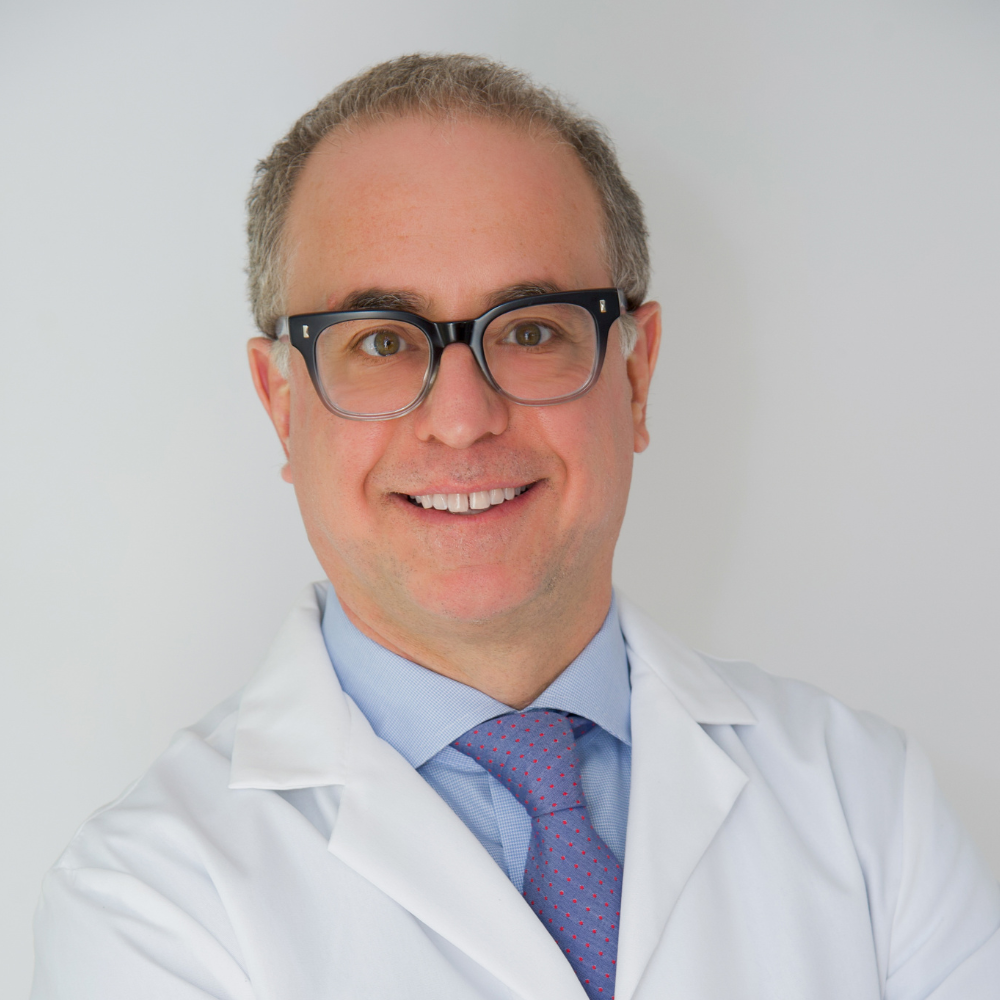
Douglas Krohn, MD
Dr. Douglas Krohn is an award-winning primary care physician, a Clinical Professor at New York Medical College, and a sleep apnea patient with deep insights into the patient journey and effective care delivery. He is a member of the American Academy of Sleep Medicine, the American Telemedicine Association, and the American Board of Pediatrics.
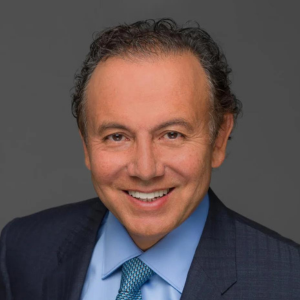
Azam Anwar, MD
Dr. Azam Anwar is a distinguished interventional cardiologist with a passion to reduce the risks associated with metabolic syndrome, and a vision to improve cardiovascular health through sleep. As a cardiologist in clinical practice, he has seen the effects of poor sleep on the heart, on the body’s vasculature, and on overall health.
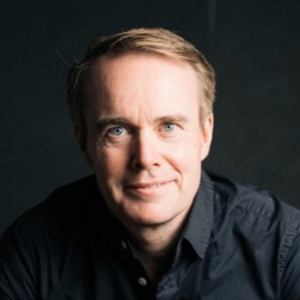
Colin Mitchell
Colin Mitchell is a seasoned advertising professional who has made significant contributions to global branding and marketing. As a marketer, Colin’s vision is to make sleep medicine, and medical care in general, more accessible to the public. He sees direct consumer engagement as a path to improved healthcare access.
The Konk Medical Advisory Board

Siavash Panah, MD
Siavash Panah, MD is board-certified in Internal Medicine, Pulmonary Medicine and Critical Care Medicine. He received additional training at Vanderbilt University in a Neurology-based Sleep Medicine fellowship in which he maintains active board certification and clinical practice. He is dedicated to finding innovative solutions for the identification and effective treatment of sleep disorders including sleep apnea.

Matthew J. Price, MD
Matthew J. Price, MD, is a professor of medicine and the director of the cardiac catheterization laboratory in the division of cardiovascular diseases at Scripps Clinic. He is a nationally recognized interventional cardiologist specializing in structural heart procedures and the latest non-invasive catheter-based treatments for heart disease.

David Weiner, MD
David Weiner, MD is an award-winning Associate Professor of Urology at Columbia University Medical Center with 25 years of clinical experience. He is the director of Acute Care Urology and Chair of Quality and Patient Safety for the Department of Urology. He has numerous publications and abstracts in academic journals.

Bonnie Wolf-Greenwald, MD
Bonnie Wolf-Greenwald, MD is a board-certified physician in endocrinology and internal medicine with an interest in women’s health and menopause-related health conditions. After earning her degree at the New York University School of Medicine, Wolf-Greenwald completed a residency at the New York-Presbyterian Columbia University Irving Medical Center, followed by a fellowship at the Emory University School of Medicine.
Join us on the Journey to Better Sleep Apnea Care
Our innovative Digital Clinical Interview streamlines the assessment process, gathering comprehensive patient information efficiently and accurately. This technology-driven approach allows us to conduct thorough evaluations remotely, ensuring a more convenient and comfortable experience for our patients.
